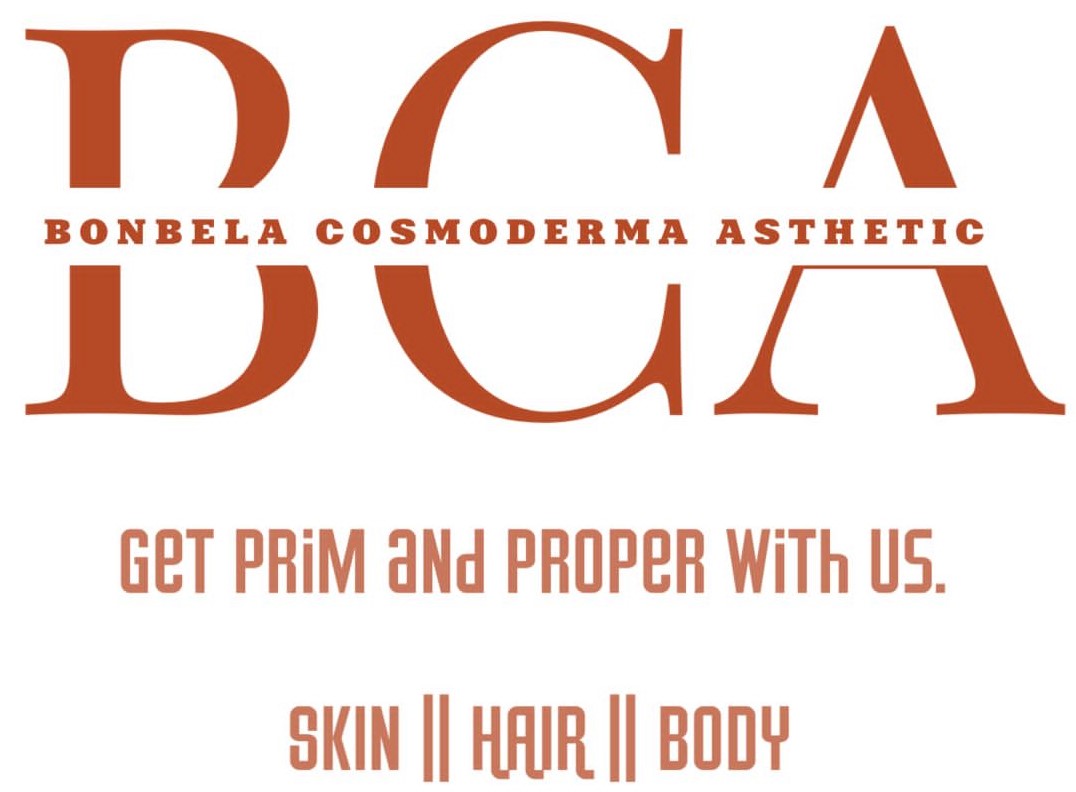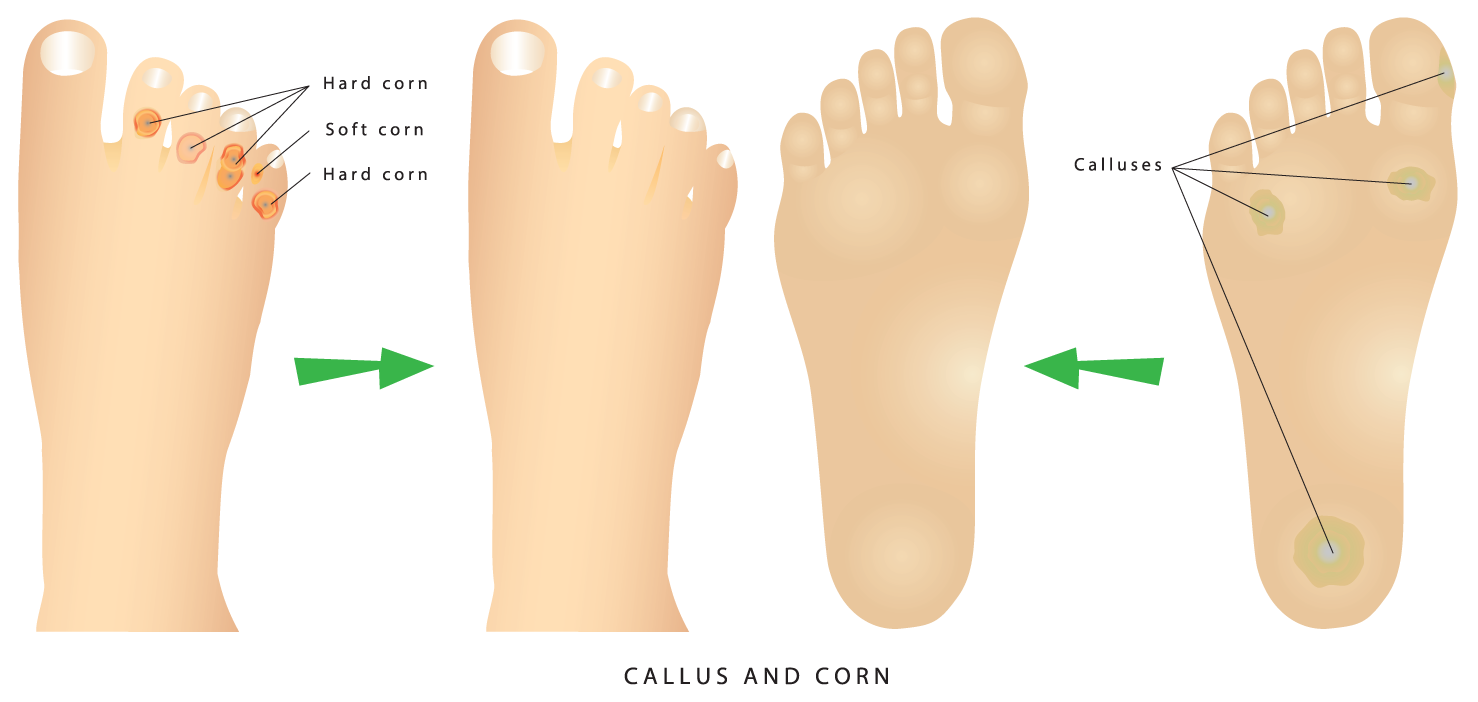Corn and calluses are areas of thickened, hardened skin that typically form due to repeated friction, pressure, or irritation. Corns are usually smaller and more localized, often found on or between toes, while calluses are larger, broader areas that commonly form on the soles of the feet or on the palms of the hands. Here are some general approaches to treating corns and calluses:
1. Footwear Modification:
- Ensure that you wear comfortable, well-fitted shoes to reduce friction and pressure on your feet.
- Choose shoes with a wide toe box to prevent crowding and rubbing.
2. Padding:
- Use non-medicated pads or cushions to alleviate pressure on corns or calluses.
- Moleskin or gel pads are commonly available and can be applied to protect the affected area.
3. Soaking and Moisturizing:
- Soak your feet in warm, soapy water to soften the skin.
- Use a pumice stone or foot file to gently exfoliate the thickened skin.
- Apply a moisturizer regularly to keep the skin soft.
4. Orthotic Inserts:
- Consider using over-the-counter or custom-made shoe inserts (orthotics) to help redistribute pressure and reduce friction on the affected areas.
5. Topical Treatments:
- Over-the-counter corn or callus pads with salicylic acid can be applied, following package instructions.
- Avoid using these products if you have diabetes or poor circulation and consult a healthcare professional for advice.
6. Avoiding Irritants:
- Identify and avoid activities or footwear that contribute to the formation of corns and calluses.
- For example, wearing high heels or tight shoes can increase pressure on certain areas of the feet.
7. Medical Intervention:
- If home remedies are not effective or if you have diabetes or circulatory problems, consult a healthcare professional for proper assessment and treatment.
- In-office procedures, such as debridement or trimming of thickened skin, may be performed by a podiatrist.
8. Corn Plasters and Cushions:
- Medicated corn plasters containing salicylic acid may help dissolve corns.
- Cushions with a center opening can reduce pressure on corns.
9. Professional Foot Care:
- Regular visits to a podiatrist or foot care specialist can help manage and prevent corns and calluses.
- Professional care may include trimming, debridement, and advice on proper foot care.
10. Surgical Intervention:
- In rare cases where conservative measures fail, surgical intervention to correct underlying structural issues may be considered.
It's important to approach the treatment of corns and calluses with care, especially if you have underlying health conditions. If you're unsure about the best approach or if you have diabetes, poor circulation, or other medical concerns, it's recommended to seek guidance from a healthcare professional or a podiatrist for appropriate care and treatment.



